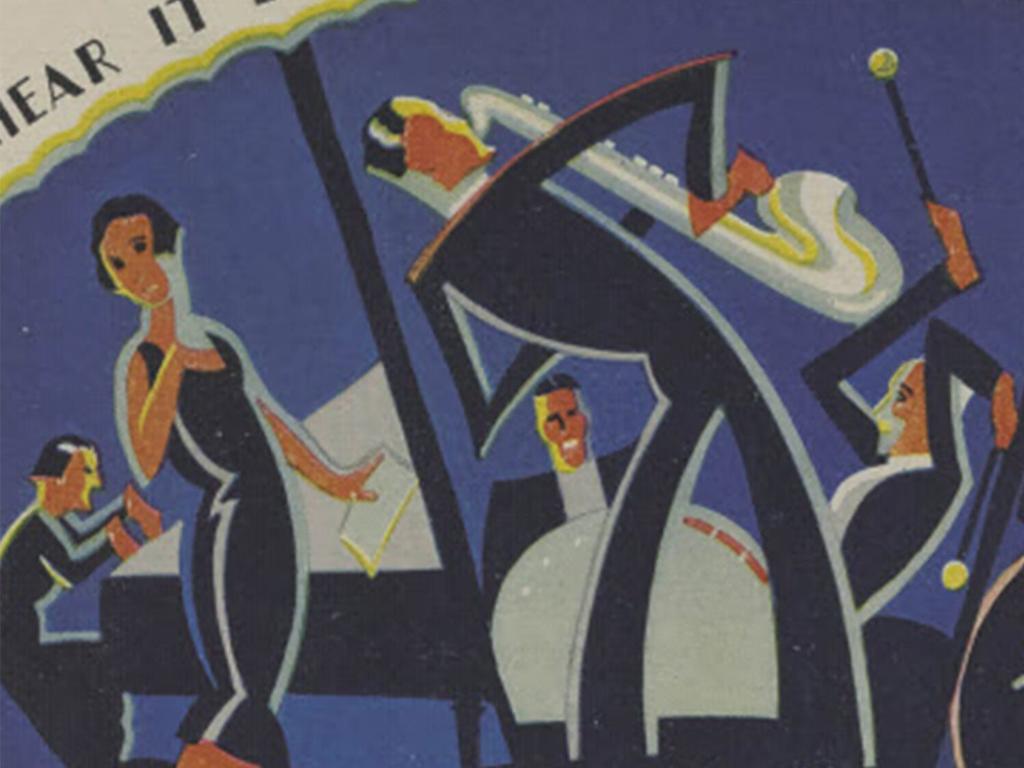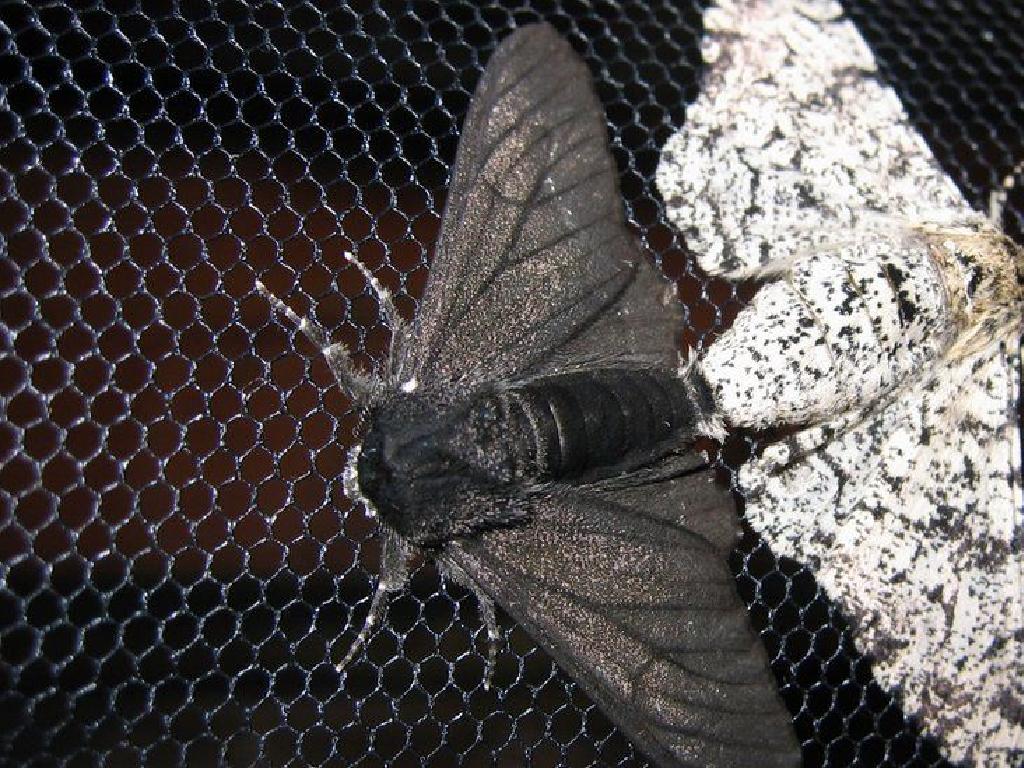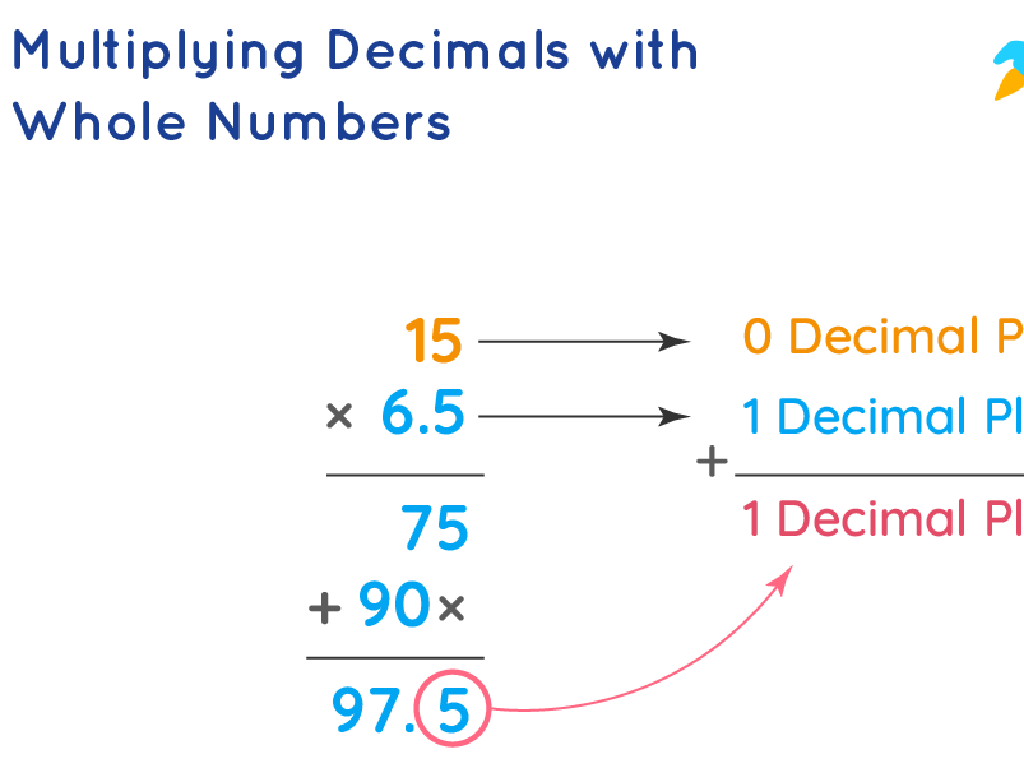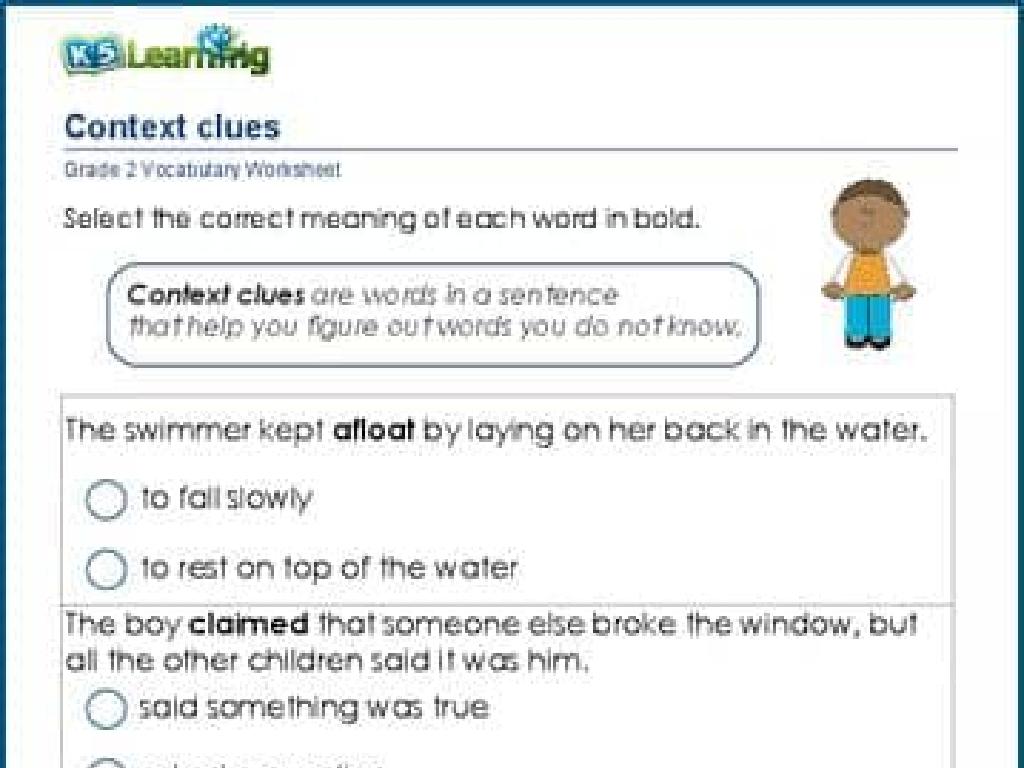Three-Dimensional Shapes - Beside And Next To
Subject: Math
Grade: Kindergarten
Topic: Shapes In The Real World
Please LOG IN to download the presentation. Access is available to registered users only.
View More Content
Exploring 3D Shapes Around Us
– Learn about 3D shapes today
– Cubes, spheres, cylinders introduction
– A cube is like a dice, a sphere is like a ball, and a cylinder is like a can
– Discover shapes in everyday life
– Look for shapes in objects at home or school
– Activity: Find 3D shapes around
|
This slide is designed to introduce Kindergarten students to the concept of three-dimensional shapes in a fun and interactive way. Start by explaining that unlike flat shapes, 3D shapes have depth. Use tangible examples like a dice for a cube, a ball for a sphere, and a can for a cylinder to help them visualize. Encourage the children to observe their surroundings and identify these shapes in their daily lives, such as in their toys or furniture. For the activity, ask the students to find objects with these shapes and bring them to class or discuss them. This will help them connect the concept to the real world and enhance their spatial awareness.
Exploring 3D Shapes Around Us
– 3D shapes have 3 dimensions
– Length, width, and height make 3D shapes
– 3D shapes are not flat, they’re solid
– They have volume and can be held
– A ball is like a sphere
– A sphere is round in all directions
– A can is shaped as a cylinder
– Cylinders have two flat ends and a curved side
|
This slide introduces kindergarteners to the concept of three-dimensional shapes, emphasizing their three dimensions: length, width, and height. Use tangible examples like a ball to explain a sphere and a can for a cylinder to help them understand the shapes they can touch and hold. Explain that unlike flat shapes, 3D shapes are solid objects that take up space. Encourage students to bring examples from home or find shapes in the classroom that match these descriptions to reinforce learning.
Cube – Building Blocks
– A cube has 6 equal faces
– Each face of a cube is a square, same size
– Blocks are often cubes
– Like the blocks we use for playtime
– Stack blocks beside and next to each other
– Try stacking your blocks to see how they fit together
– Understand cubes in real life
|
This slide introduces the concept of a cube to Kindergarten students using the familiar example of building blocks. Emphasize that a cube is a special shape with six faces that are all squares of the same size. Show them physical cube-shaped blocks and encourage hands-on learning by asking them to stack the blocks beside and next to each other. This activity will help them understand the concept of ‘beside’ and ‘next to’ in a three-dimensional context. It’s also a good opportunity to introduce vocabulary related to position and comparison. Encourage the students to explore stacking blocks in different ways and observe the shapes they create.
Sphere Shapes Around Us: Bouncy Balls
– A sphere is a round shape
– Bouncy balls are spheres
– Like the balls we play with during recess
– Spheres can be beside or next to objects
– Is the ball beside the box or next to your friend?
– Let’s find spheres in the classroom
– We’ll look around and see where spheres are located
|
This slide introduces the concept of a sphere to Kindergarten students using the familiar example of bouncy balls. Emphasize the roundness of spheres and how they are different from other shapes. Use a bouncy ball to demonstrate the concept of ‘beside’ and ‘next to’ by placing the ball in different positions relative to other objects. Encourage the children to participate by asking them to find objects in the classroom that are spherical and discuss their position in relation to other items. This will help them understand the spatial concepts of ‘beside’ and ‘next to’ in a fun and interactive way.
Exploring Cylinders with Food Cans
– A cylinder’s two flat ends
– Like a soup can: round, flat top and bottom
– Cylinders in the pantry
– Food cans are cylinders: beans, soup, veggies
– Arrange cans beside each other
– Place them next to one another on a shelf
– Observe arrangement of cans
|
This slide introduces the concept of cylinders by relating them to everyday objects like food cans. Explain that a cylinder has two flat ends that are circles and one curved side, just like many cans they see at home. Have the children bring in clean, empty food cans or provide some for a hands-on activity. Guide them to arrange the cans beside each other on a flat surface and observe how they sit next to each other without gaps. This will help them understand the shape and how cylinders can be packed together. Encourage the children to touch and count the flat ends and to feel the curved side to solidify their understanding of the three-dimensional shape.
Finding Shapes Around Us
– Search for 3D shapes in class
– Find a cube, sphere, cylinder
– Point to shapes and their position
– Is the shape beside or next to an object?
– Discuss ‘beside’ and ‘next to’
– Understand spatial relationships
|
This slide is meant to engage students in a fun and interactive activity where they will search for three-dimensional shapes within their classroom environment. Encourage the children to look for cubes (like dice or blocks), spheres (like a ball), and cylinders (like a can or a cup). Once they find these shapes, ask them to point to them and describe their position relative to other objects, using the terms ‘beside’ and ‘next to’. This will help them understand spatial relationships and how to use these terms correctly. The activity will also reinforce their ability to recognize 3D shapes in real-world contexts. For the teacher: be prepared to guide the students and provide examples if they are struggling to find shapes or understand the spatial terms.
Shape Hunt Adventure
– Let’s hunt for shapes at school!
– Find cubes, spheres, and cylinders.
– Look for dice, balls, and cans.
– Work with a buddy on your shape quest.
– Describe where you find shapes.
– Is the shape beside or next to something?
|
This class activity is designed to help Kindergarten students recognize three-dimensional shapes in their environment and understand spatial relationships such as ‘beside’ and ‘next to’. Teachers should pair up students and guide them around the school to search for everyday objects that resemble cubes, spheres, and cylinders. Encourage the pairs to discuss and describe the position of the shapes they find in relation to other objects. Possible objects to find could be a dice (cube), a ball (sphere), or a can (cylinder). Teachers should prepare a list of locations where these shapes can be found and ensure safety during the activity. After the hunt, regroup and have students share their findings with the class.
Shape Hunt Review: 3D Shapes Around Us
– Celebrating our shape hunt
– Sharing new 3D shape discoveries
– Did you find a sphere, cube, or cylinder?
– Recognizing 3D shapes in our world
– Understanding ‘beside’ and ‘next to’
– Shapes can be ‘beside’ a book or ‘next to’ a box.
|
This slide is meant to conclude the lesson on three-dimensional shapes and review what the students have learned. Start by praising the students for their participation in the shape hunt activity. Encourage them to share their experiences and discuss the new places where they found 3D shapes. Reinforce the concept that 3D shapes are not isolated; they exist all around us in relation to other objects, helping them understand spatial concepts such as ‘beside’ and ‘next to’. Use this opportunity to solidify their understanding of 3D shapes in the context of their everyday environment.






